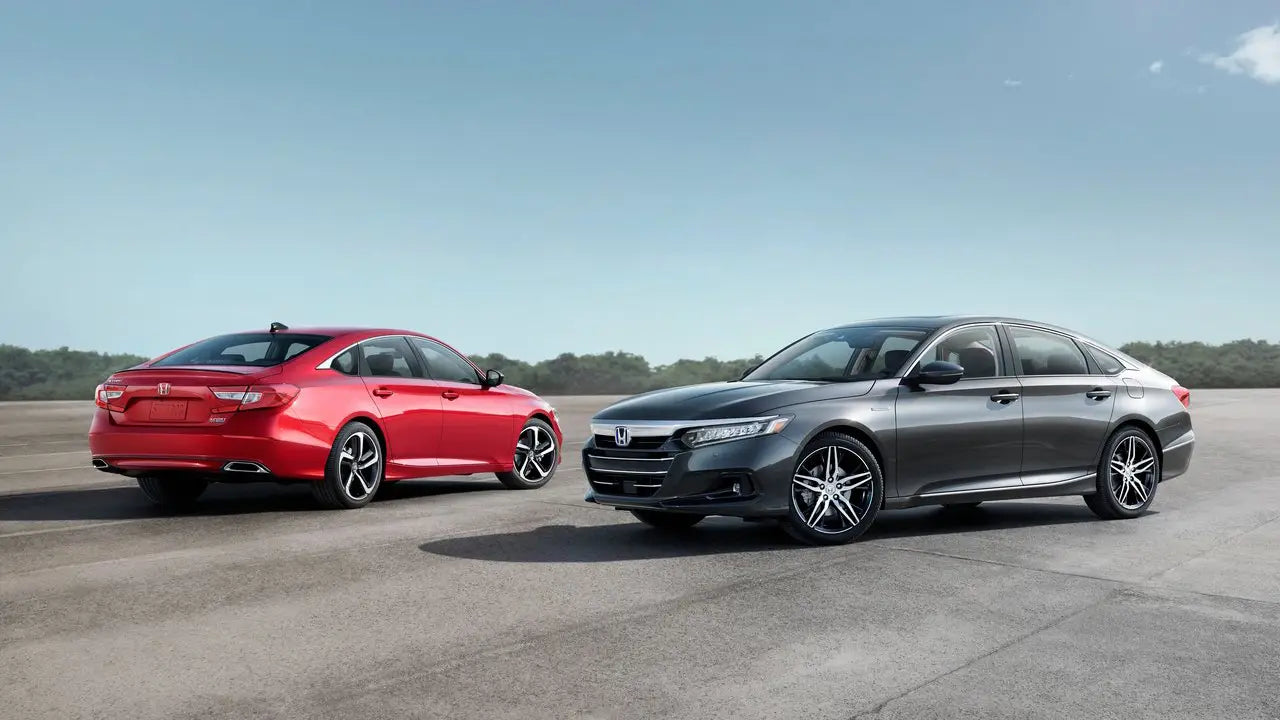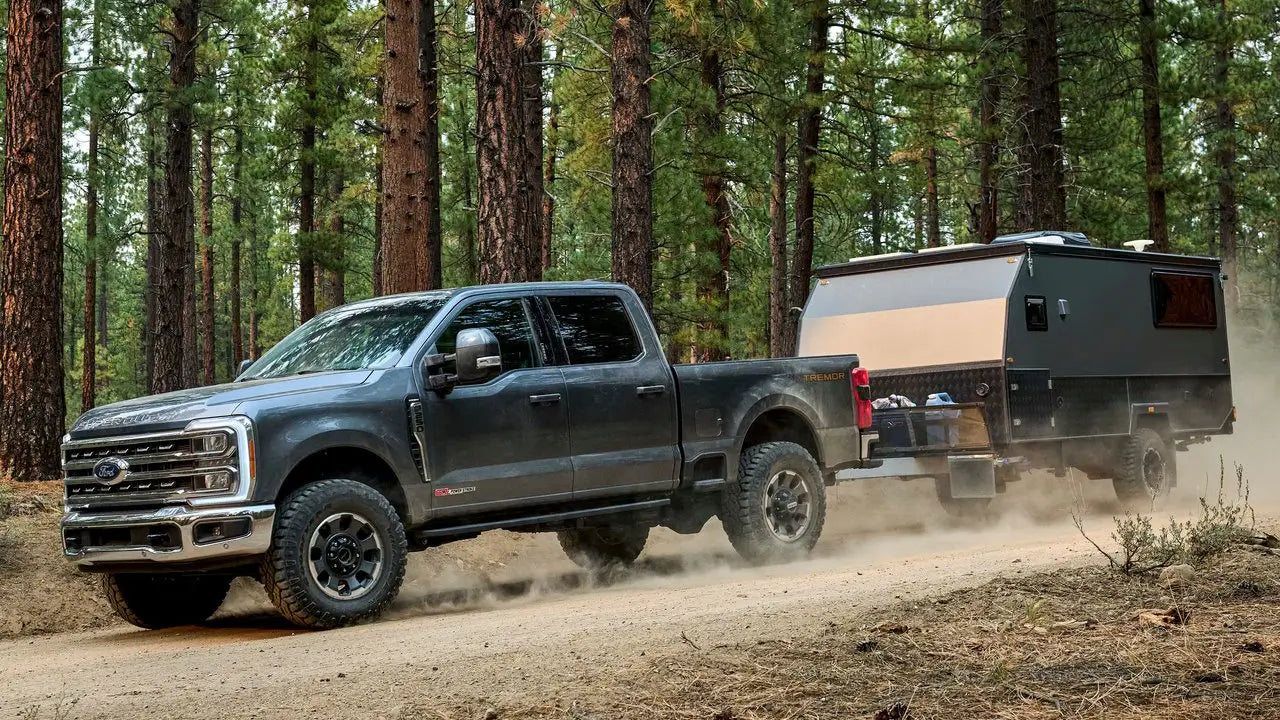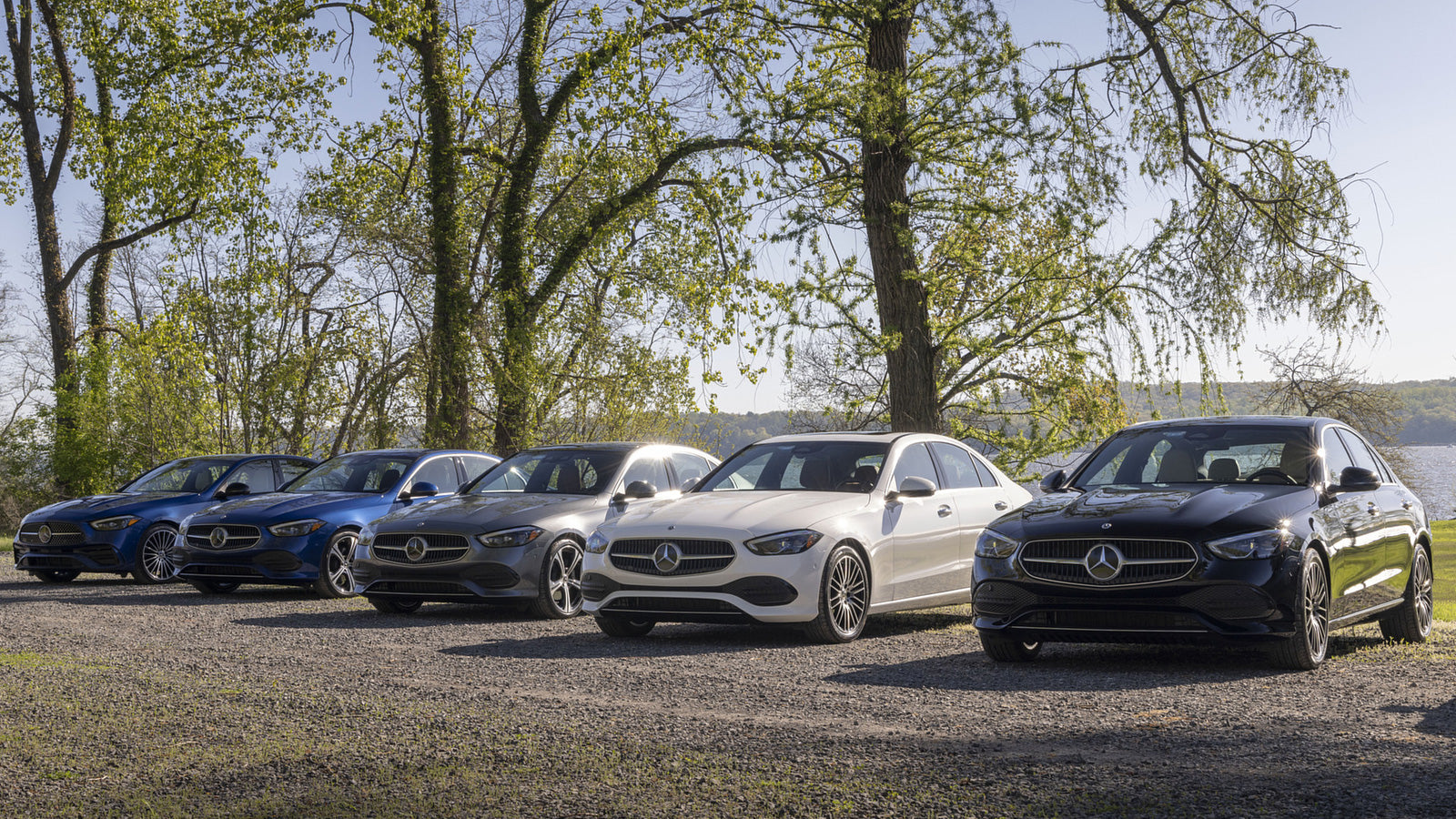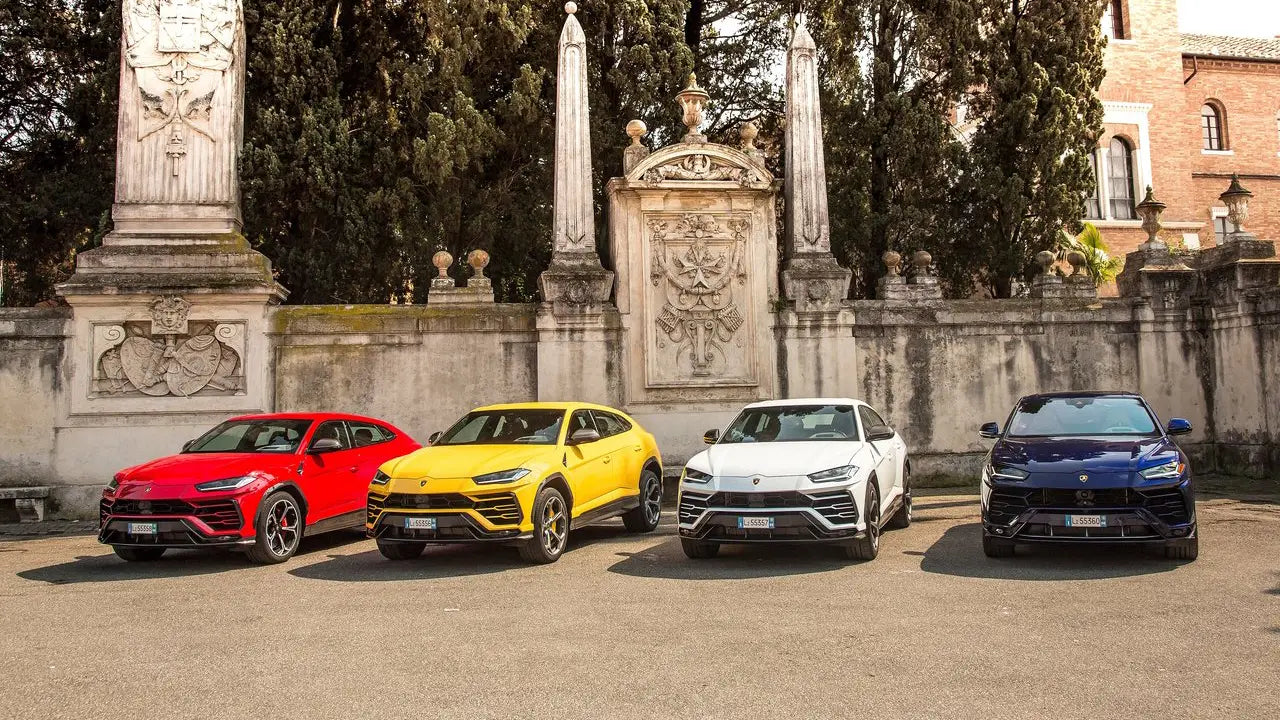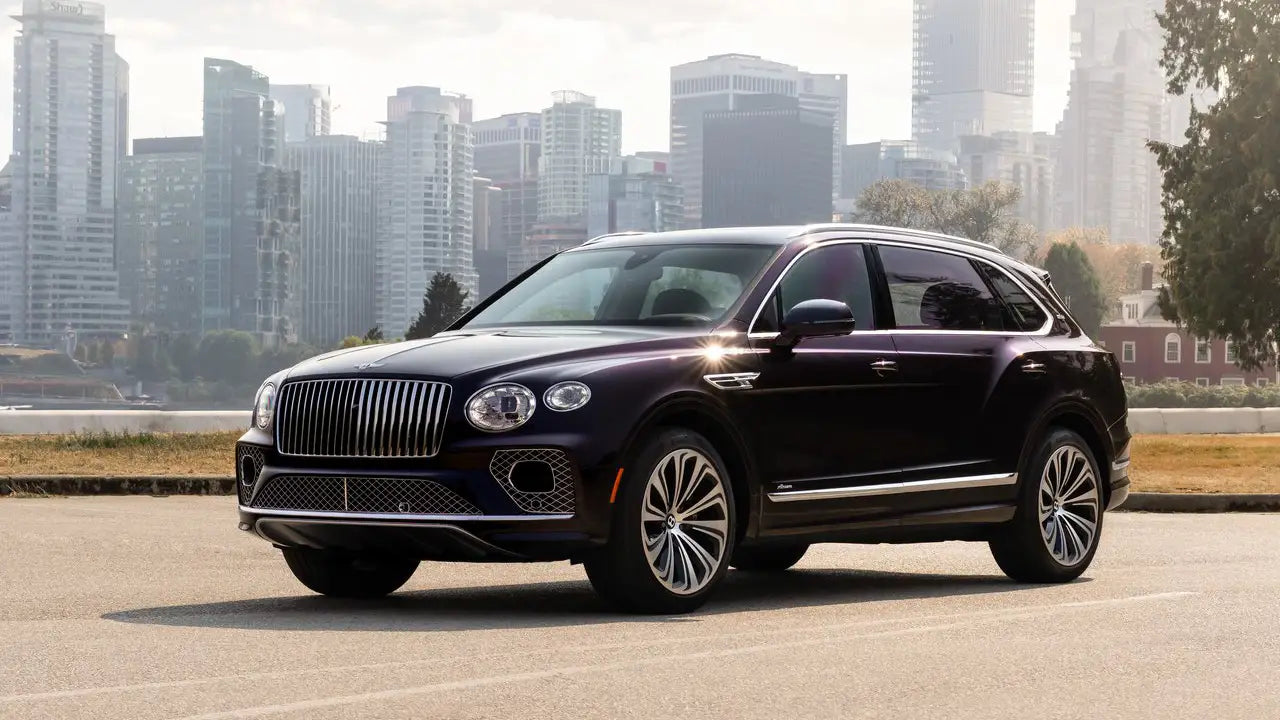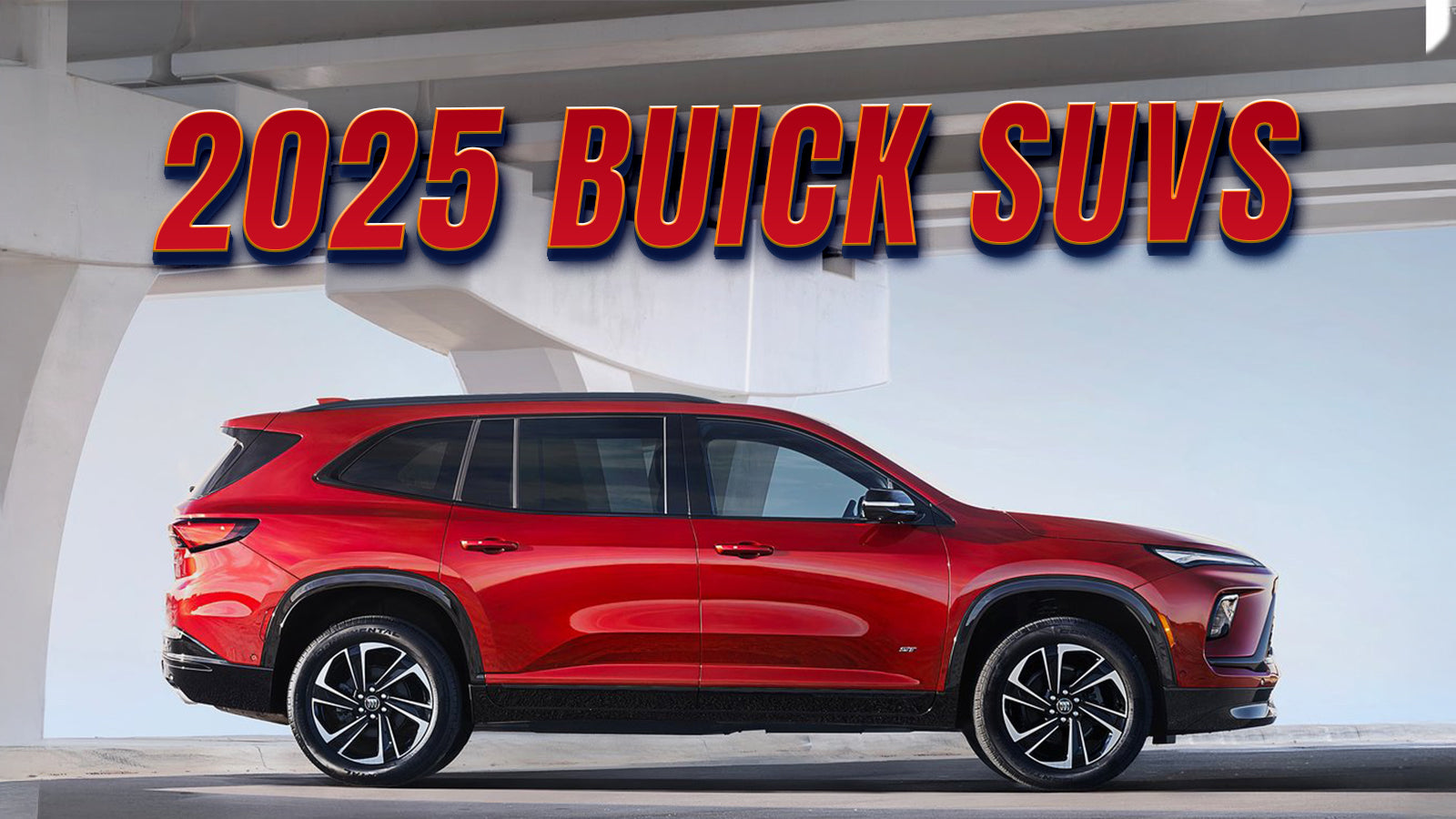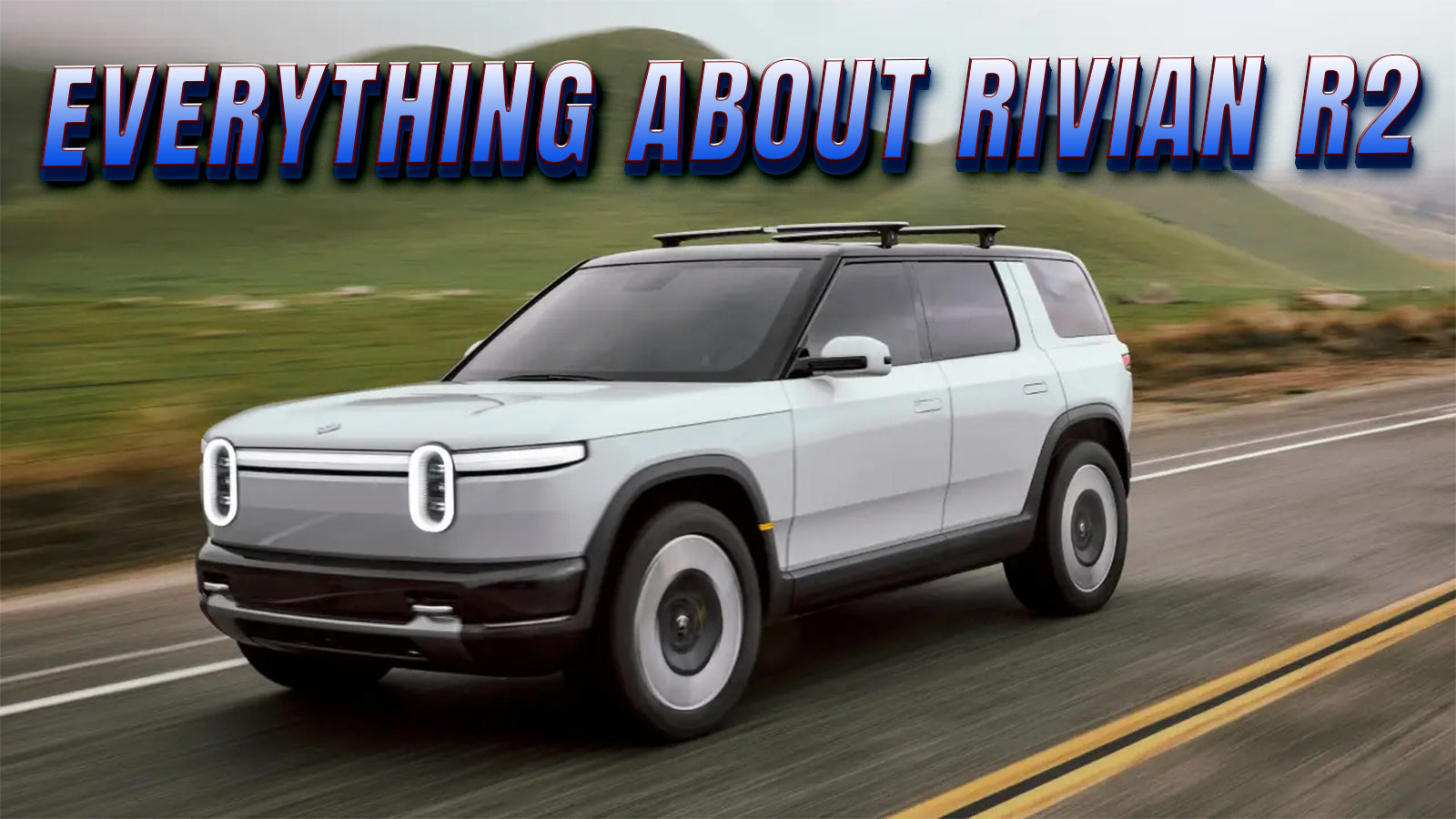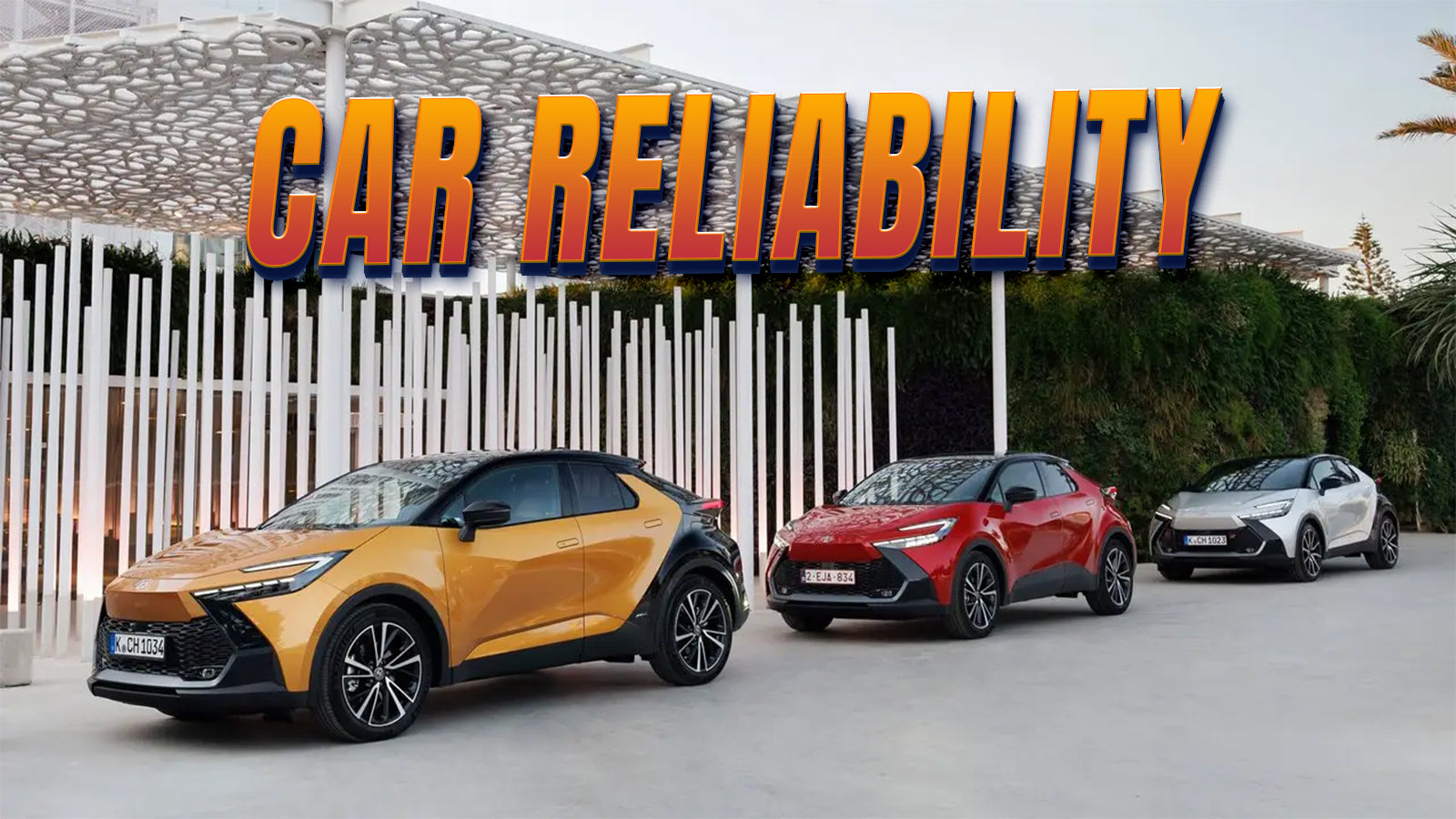刹车盘是车辆的重要组成部分 制动系统, 影响制动效果、安全性和整体性能。虽然刹车盘的基本功能是为刹车片提供一个表面,以产生摩擦并减速汽车, 一些刹车盘专门旨在提高性能、散热并防止刹车衰退。
钻孔转子、开槽转子以及钻孔和开槽转子的混合型是一些最著名的刹车转子类型,可以提高性能。 本详细指南包括您需要了解的关于这些刹车盘的所有信息,包括它们的特点、优缺点,以及它们之间的比较。 帮助您为您的汽车选择最佳选项。
刹车盘是什么?
刹车转子,通常被称为刹车盘,是 安装在您车轮后面的大金属圆盘。 当你踩下刹车踏板时,它们与刹车片和卡钳一起工作,以减速并停止你的汽车。当卡钳将刹车片压在转子上时,摩擦力使车轮减速并使汽车停下来。 标准刹车盘是实心圆盘,而打孔、开槽和混合打孔与开槽的刹车盘在高性能条件下提供更优越的性能。

刹车盘为什么重要?
刹车盘对车辆性能和安全至关重要,原因有以下几点:
-
散热: 当你刹车时,会产生大量热量。刹车盘帮助散发并消除这些热量,以防止刹车过热而失效。
-
摩擦面: 刹车转子为刹车片提供了停止汽车所需的表面。干净光滑的转子表面确保刹车片能够良好工作。
-
稳定性与控制: 优质刹车盘在任何情况下都能保持刹车的正常工作,因此即使在湿滑的道路上、驾驶重型车辆或行驶过快时,您也能安全停车。
为什么刹车盘要打孔和开槽?
制造商设计带孔(钻孔)和槽(开槽)的刹车盘以提高性能。这些改进增强了冷却,去除了杂物,并在极端条件下提高了刹车效率。高性能和重型车辆通常需要这些专用刹车盘,以防止过热并保持一致的制动能力。因此,标准刹车盘在极端制动条件下,如高性能驾驶、拖车或赛车,可能会遭受热量积聚、气体积累和刹车衰退。 这里是具有独特设计的专业刹车盘:

-
打孔刹车盘: 在转子上钻孔以改善散热和排水。
-
开槽刹车盘: 特征加工凹槽以增强垫片接触、去除杂物并保持摩擦。
-
打孔和开槽刹车盘: 将这两个功能结合使用,以获得最佳的冷却和污垢去除效果。
这些修改有助于防止常见的刹车问题,例如过热、刹车片光滑和制动能力下降。
钻孔刹车盘:特点、优点和缺点
什么是打孔刹车盘?它们是一系列战略性地在盘片上打孔的孔。 这些孔有助于散热、排气和去除刹车盘表面的水, 使它们非常适合日常驾驶和潮湿条件。以下是打孔刹车盘的优缺点:
钻孔刹车盘的优点
-
更好的散热 钻孔刹车转子的孔洞可以更有效地散热,从而减少过热和刹车衰退的可能性。
-
改善的湿地性能: 水可以通过钻孔逃逸,防止在刹车片和转子之间形成水层,从而提高在雨天条件下的制动效率。
-
增强气体排放: 打孔刹车盘允许刹车片气体逸出,确保刹车性能的一致性。
-
美学诉求: 打孔刹车盘具有以性能为导向的外观,使其成为跑车和爱好者的热门选择。
打孔刹车盘的缺点
-
结构完整性降低: 这些孔会削弱转子,使其在极端制动条件下更容易出现裂纹。
-
不适合重型应用: 高性能、重载或赛道使用的驾驶可能导致打孔刹车盘过早失效。
-
更快的磨损 随着时间的推移,这些孔可能会导致应力裂纹,从而缩短转子寿命。

开槽刹车盘:特点、优点和缺点
什么是开槽转子?它们在转子的表面上有加工的凹槽(槽)。这些槽旨在通过不断清洁刹车片表面和改善摩擦一致性来增强刹车性能。以下是开槽刹车转子的优缺点:
开槽刹车盘的优点
-
更好的刹车片接触: 槽口通过去除刹车片的微小层来保持刹车片的新鲜。这可以防止刹车片上釉,并提供最佳的摩擦力。
-
有效的碎片和气体去除: 插槽排出碎屑、灰尘和气体积聚,避免刹车衰退。
-
比钻孔刹车盘更耐用: 由于开槽刹车盘没有结构孔,因此它们在重载或极端刹车条件下更强大且更耐裂。
-
适用于高性能和重载应用: 常用于需要强大制动的卡车、SUV和赛车。
开槽刹车盘的缺点
-
刹车片磨损增加: 插槽像一个文件,比光滑或打孔的刹车盘更快地磨损刹车片。
-
潜在噪音问题: 当你刹车时,一些带有缺口的刹车转子会发出轻微的嗡嗡声或哀鸣声。
-
在潮湿条件下效果较差: 与打孔刹车盘不同,开槽刹车盘不允许水有效排出。
钻孔刹车盘和开槽刹车盘有什么区别?
打孔和开槽的刹车盘都旨在提高刹车性能,但它们的实现方式不同。 打孔刹车盘在盘面上有孔,允许热量、水和气体逸出。 这种设计通过保持转子更冷来帮助防止刹车衰退,使打孔刹车转子非常适合潮湿条件和日常驾驶。但孔洞在转子中形成了弱点,这可能导致在极端压力下出现裂纹,例如激烈刹车或重型拖车。
另一方面,开槽刹车盘的表面切割有浅槽,这些槽不断地刮去刹车片上的碎屑、刹车灰尘和气体积聚,从而保持一致的摩擦力。 与打孔刹车盘不同,开槽刹车盘没有结构弱点,使其更耐用,更适合高性能应用。 喜欢赛车、越野和拖车。然而,它们往往会更快磨损刹车片,并可能产生额外的噪音。
钻孔与开槽刹车盘:哪个更好?
打孔刹车盘是日常驾驶和潮湿条件下的更好选择。对于重型使用、性能驾驶或拖车,开槽刹车盘提供更卓越的耐用性和刹车一致性。最终,更好的刹车盘取决于你如何以及在哪里驾驶。然而,i如果您想要两者的结合优势,可以选择混合选项:打孔和开槽刹车转子。 让我们探索一下吧!

混合选项:打孔和开槽刹车转子怎么样?
对于希望同时享受打孔和开槽刹车盘好处的驾驶者, 混合钻孔和开槽刹车盘提供了一个平衡的解决方案。 这些转子结合了钻孔刹车转子的散热和排水能力,以及开槽刹车转子的碎片去除和摩擦一致性。 这使它们成为性能爱好者、高速驾驶者和那些进行激烈刹车的人的一个吸引人的选择。
混合钻孔和开槽刹车转子具有 更好的冷却、更少的刹车衰退和稳定的制动能力的优势——即使在极端情况下也是如此。 通过槽口改善了制动性能,这保证了刹车片与转子表面保持牢固接触,而钻孔则有助于散热和气体排放。标准的钻孔或槽口刹车转子通常比混合钻孔和槽口刹车转子便宜。
混合钻孔和开槽刹车盘是一个不错的选择,如果你想要性能、散热和耐用性的结合。然而,由于它们卓越的耐用性, 全槽转子可能是拖车、赛车或越野驾驶等重载使用的更好长期选择。


